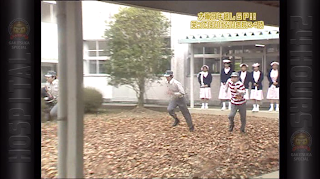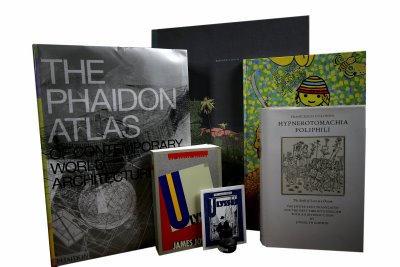So I took the various recommendations for stand-up comedians (thanks to all who commented), but I’m left (mostly) feeling like Noah with Achewood. Mostly obvious jokes delivered with the assumption that being on stage is a virtue. Demetri Martin, Zach Galifainakis, pretty flat I thought.
Even Patton Oswalt, who’s likable enough, seems to base his routine on statements of obvious facts? Like his 80s metal bit– metal has always gleefully parodied itself. His descriptions aren’t as funny as the music videos.
I liked Jim Gaffigan, though. His routine doesn’t seem like an audition for a sitcom. And it’s intricately designed for the stage, which I appreciate.
More generally– he also seemed like the only comedian not just taking shots at people. He layers it so he’s often the butt, or you can’t tell who’s the butt. But Patton Oswalt just seems like this guy who makes fun of people different than him (getting back to what Miriam said) while standing above it all.
I could be wrong, as I’ve only watched three or four clips for each. But I can say it’s a trend in American humor. The Daily Show, say, does a lot of media commentary, but on slow news days they humiliate civilians on the street. I think it’s rather American– I recall an essay in the English film journal Sight & Sound about a rash of American indie docs that ridicule their subjects. (American Movie, Michael Moore, anything set in the rural South, the camera loves rubes and freaks.)
So the comedian/filmmaker’s in control and unassailable. Feh. I’d rather watch them suffer as the fee for my attention.
Japanese comedy duo, did manzai standup until ’91, now mostly variety shows. Brilliantly inventive & cruel variety shows.
I like their “No Laughing” year-end specials. Like 2007’s “24 Hour Absolutely No Laughing Hospital,” with punishment games if someone laughs. Plenty of ridicule and humiliation, but all aimed at the show’s hosts, who dress as nurses and get whipped whenever they laugh.
Scores of comedians gang up on them to make them laugh. Elaborate gags, huge production numbers, random appearances by Black Jack. What’s not to like?
Comics connection: early in the show, UMEZU Kazuo, author of The Drifting Classroom and Cat-Eyed Boy, shows up as part of the hospital’s Special Rescue Team. The training drill requires him to sprint to a dummy & revive it. (He’s in his 70s.)
 While running, he falls into a concealed pit. Hilarity ensues.
While running, he falls into a concealed pit. Hilarity ensues.

 Then, a bunch of black-clad nurses show up and beat the hell out of the show’s four stars who laughed at this poor guy. That’s comedy!
Then, a bunch of black-clad nurses show up and beat the hell out of the show’s four stars who laughed at this poor guy. That’s comedy!




